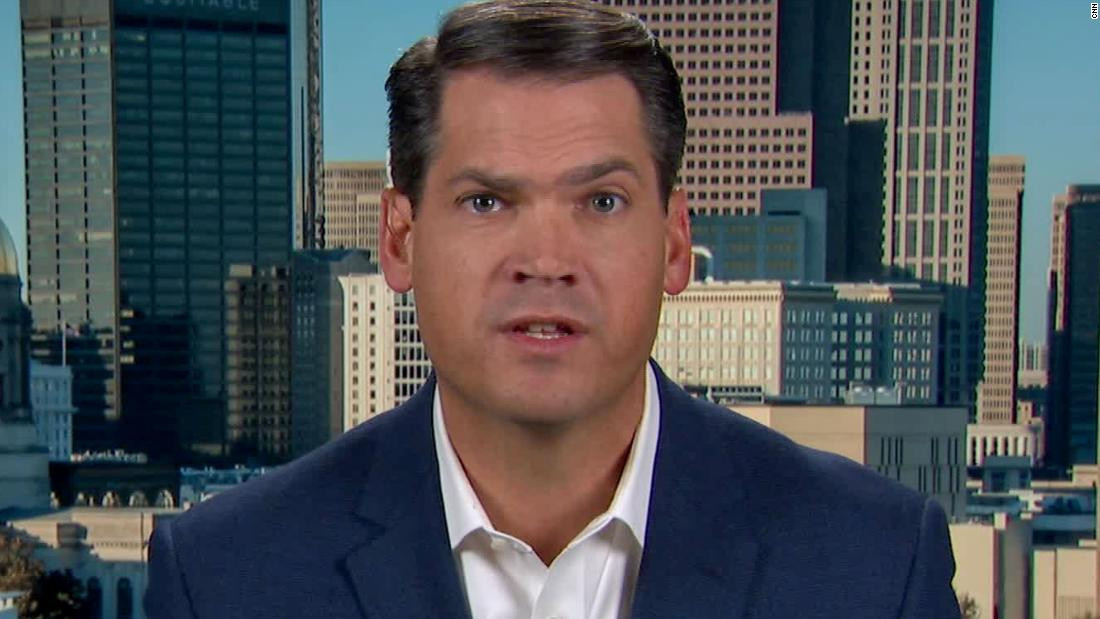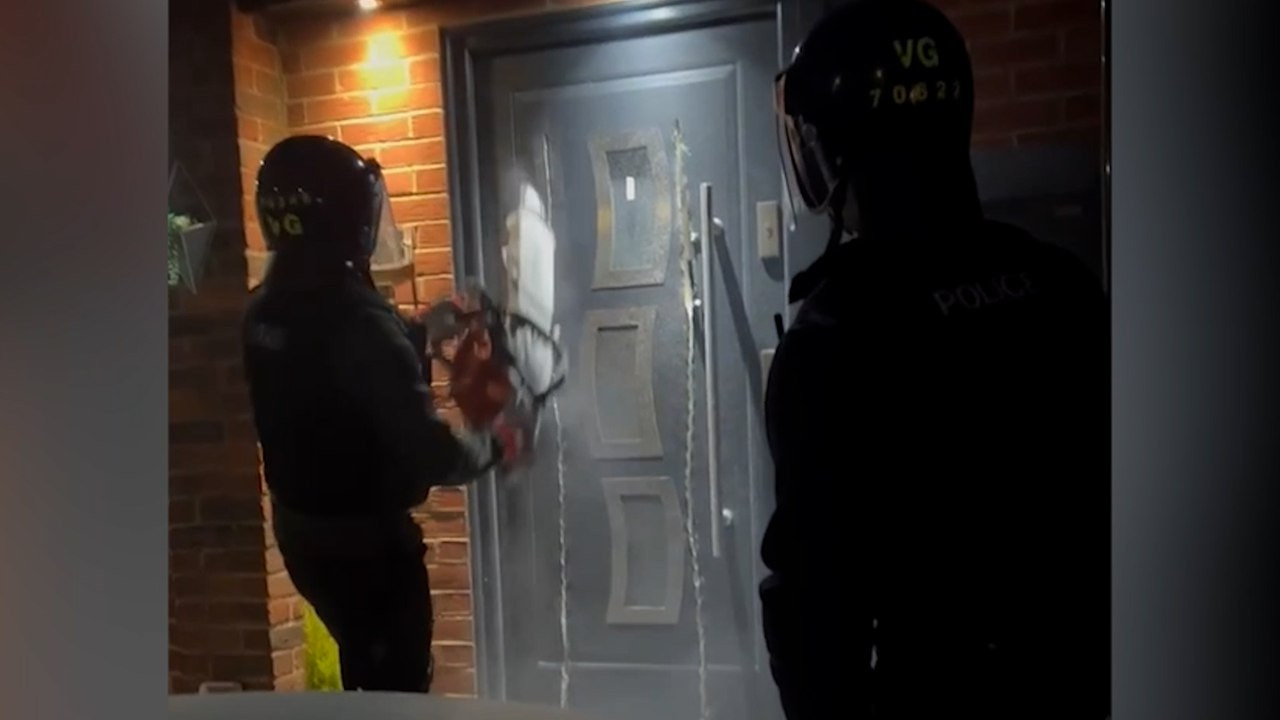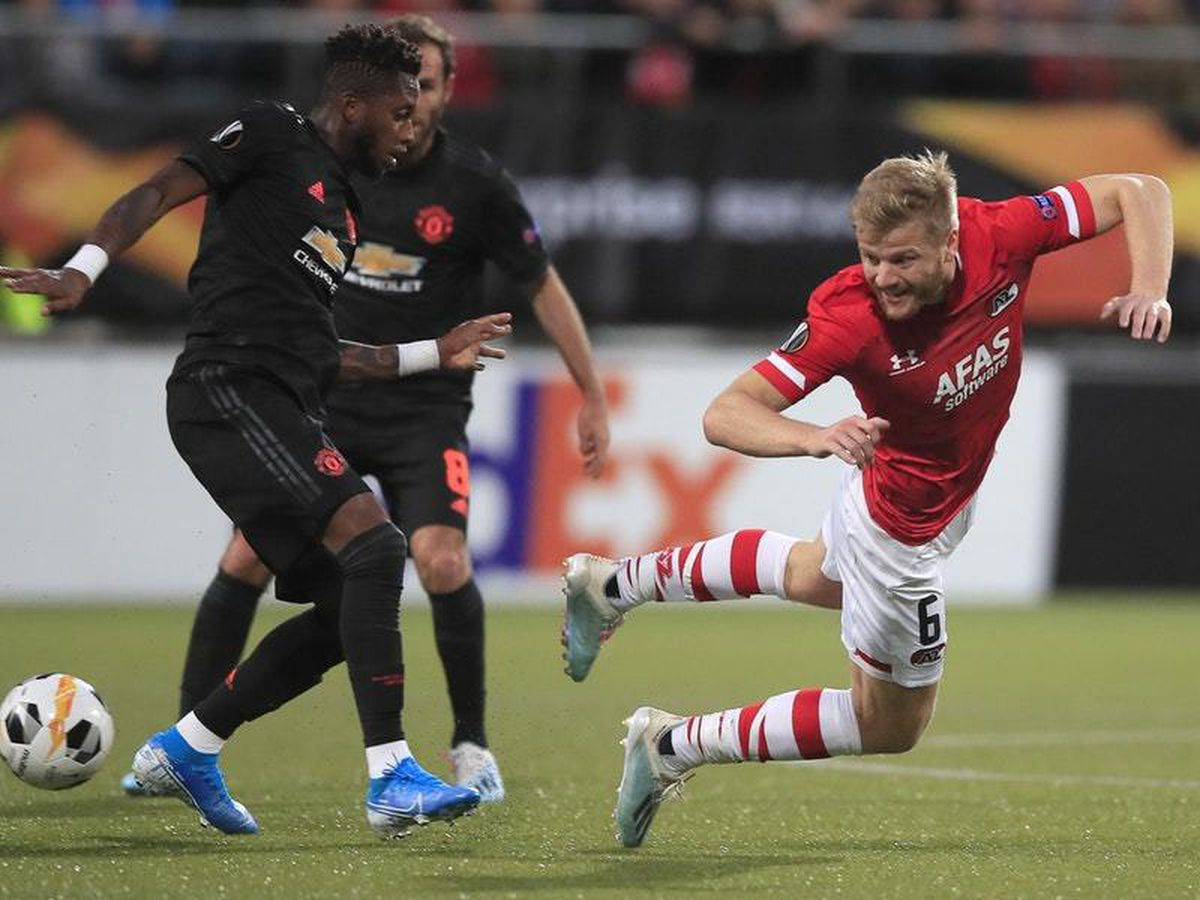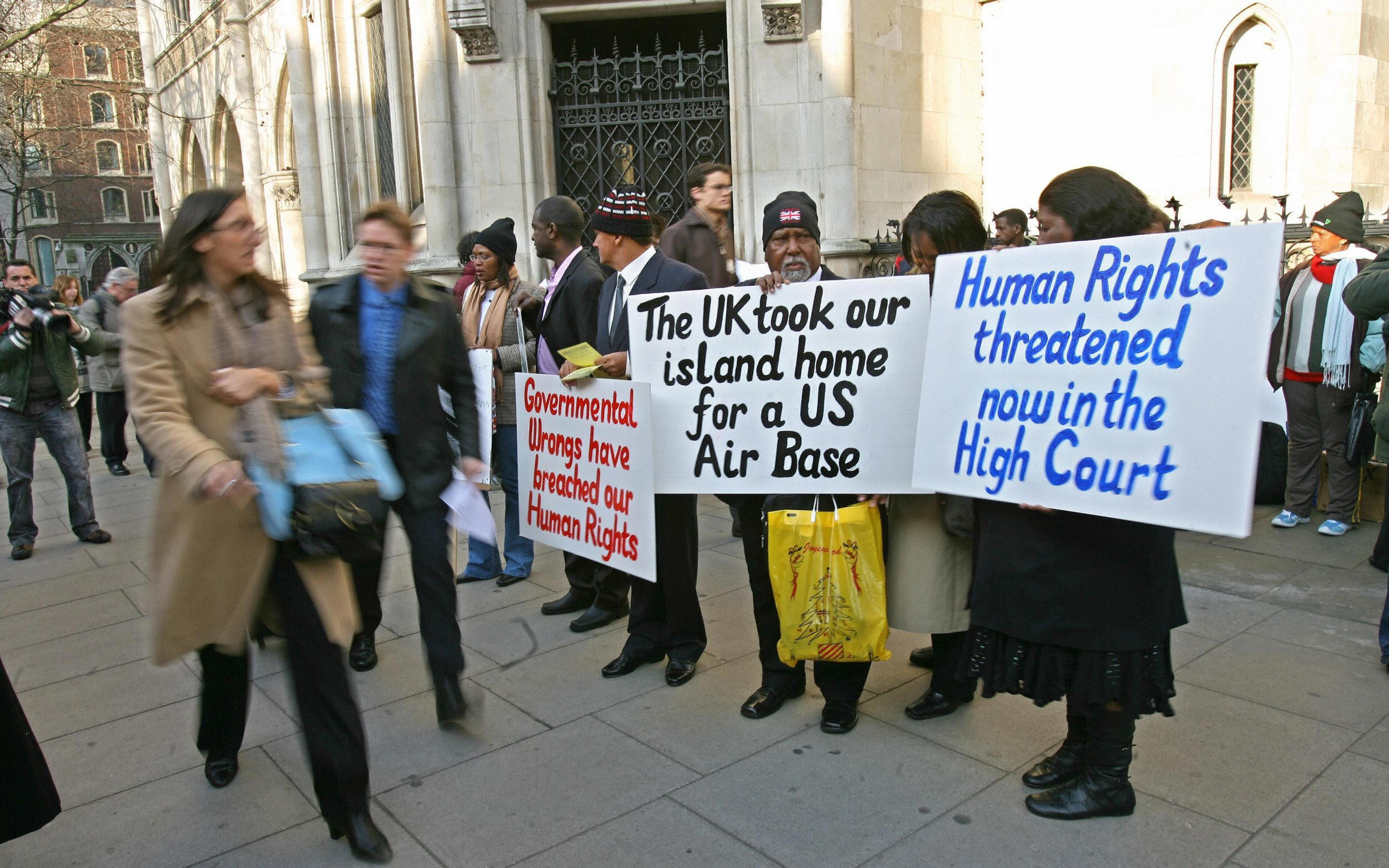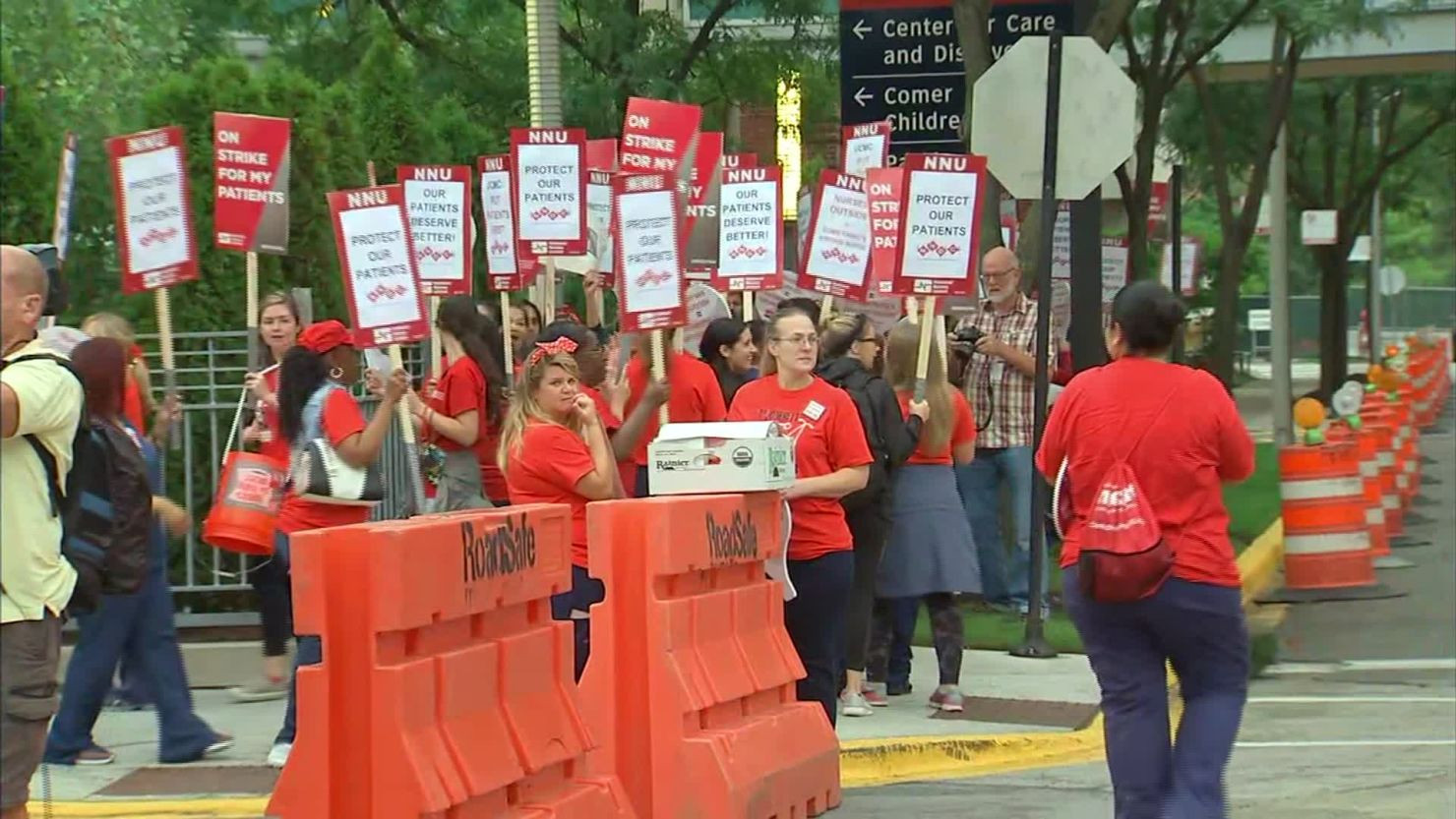Energy, enthusiasm, momentum. These are words that you hear frequently to describe the Kamala Harris/Tim Walz campaign. Meanwhile, Donald Trump, running for president for a third consecutive time, is rerunning the same scare tactics, juvenile attacks, and race- and gender-baiting as he did in his two prior runs. His act is not only getting stale, but boring, and less and less likely to persuade undecided voters. As Trump has fallen behind in the polls, and sees Harris outdrawing him in television ratings, crowd size and campaign contributions, he has become increasingly frustrated and angry. To that end, as fellow West Virginia University grad Michael Tomasky noted in a recent New Republic column, the Harris/Walz campaign seems to have discovered Trump’s Achilles’ heel in that he hates to be mocked. They have driven home the point that he is unserious and weird, making Trump even more prone to outbursts and bizarre statements and grievances. At times in recent days, it has even seemed as if Trump is attempting to sabotage his own campaign. He seemingly came out against Florida’s six-week abortion ban, and proposed free IVF treatments for infertile couples, outraging his evangelical Christian base, only to flip-flop on those comments. He angered military families and veterans by reiterating a claim that the Presidential Medal of Freedom is “actually much better” than the Medal of Honor, since Medal of Honor recipients are either dead or horribly maimed. In an attempt to appease those he offended, Trump exacerbated things by staging a repulsive photo-op at Arlington National Cemetery, smiling and giving the thumbs up amid the graves of fallen heroes. More recently, Trump ranted in an interview about being re-indicted for attempting to overturn the results of the 2020 election, claiming he had “every right to do it.” Meanwhile, the Harris/Walz campaign’s wealth of contributions allowed it this week to transfer $25 million to assist Democrats in down-ballot races. Perhaps most importantly, the Harris/Walz campaign has made tremendous strides toward reestablishing the Democratic Party as the party of the working class, a designation that Republicans had claimed under false pretenses in recent years. While much can change in a presidential campaign in 59 days, and while the current Electoral College map provides a built-in advantage to Republicans, it’s not too early to speculate on how, if current trends continue, the presidential race could affect down-ballot races. It’s clear there’s an enthusiasm gap between the two parties, and that lack of enthusiasm extends to statewide races in West Virginia. That applies to Republican candidates in two key statewide races, for U.S. Senate and governor. As for his Senate campaign, Gov. Jim Justice has told voters, “There’s not a fiber in me that wants to go to D.C. None.” Not exactly the kind of inspirational speech that makes supporters want to run though a wall to get to the voting booth. I also have yet to talk to any Justice supporters who expect him to complete a full six-year term if elected. Pile on his ongoing and escalating personal financial woes, and Justice’s main selling point to voters is the not particularly compelling fact that his pet dog (and campaign mascot) is adorable. Gubernatorial candidate Patrick Morrisey has never won over the hearts and minds of West Virginians, despite having won election as attorney general three times. He’s never been able to shed his carpetbagger image, and he’s not exactly Mr. Personality, coming across as somewhat dour and distant. Frankly, like Trump and J.D. Vance, he falls into the category of weird. Because of those factors, Morrisey narrowly won election as attorney general in 2012 and 2016 with 51% of the vote, and lost to Joe Manchin in the 2018 U.S. Senate race with 46% of the vote. In the May GOP primary for governor, despite having run for statewide office four times, and having considerably more name recognition than his opponents, he secured only 33% of the vote. As campaign consultants would say, he’s got a limited upside. That a recent MetroNews West Virginia Poll showed Morrisey leading Huntington Mayor Steve Williams by a 49% to 35% margin should be reason for optimism for the Williams campaign, which has two months to introduce their candidate to voters beyond the metro-Huntington area. Williams is everything that Morrisey is not: A likeable, personable native West Virginian, with a record as a successful businessman, legislator and the mayor who turned Huntington around. Williams has a short time to reach voters, a challenge made more difficult by his underfunded campaign war chest. While the odds against them are daunting, if trends continue, it’s reasonable to think that, overall, Democrats will be more motivated to turn out and vote in November than their Republican counterparts. It’s hard to conceive of a scenario where Trump doesn’t carry West Virginia. However, it’s notable that the West Virginia Poll has him leading Harris by a 61% to 34% margin, down nearly eight percentage points from the 68.6% of the vote he carried in the 2020 general election. While Democrats’ newfound enthusiasm may not be enough to affect statewide races this time around, it could well play a role in certain legislative races, and could set the groundwork for future elections. n n n One of Justice’s most reliable defense mechanisms is to play dumb, something he can do quite persuasively. Which is what he did at his virtual briefing on July 18, when asked about pending litigation challenging the apparent illegal installation of murals in the Capitol rotunda. Justice started out by saying, “Nobody consulted me about it in the beginning.” Then, perhaps realizing that statement was incriminating, he quickly added, “Or at all, along the way.” At a prior virtual briefing, when issues over the legality of the project first broke, Justice brought in Arts, Culture and History Secretary Randall Reid-Smith to confirm Justice’s ignorance. Reid-Smith told reporters, “The only involvement that Jim Justice had in these murals is that he gave us the money to pay for these murals.” However, evidence in attorney Harvey Peyton’s lawsuit to halt the second phase of the mural installation and to have the installed murals removed shows that Justice’s top aides were intimately involved in the project some five years before Justice’s surprise announcement about the murals’ installation in April. The evidence includes an email dated April 24, 2019. from Reid-Smith to Marcie Clifford, murals project manager for Canning and Co., stating, “I have spoken with the governor’s office, and they have asked for a breakdown of your $485,000 estimate. Can you help me with this?” Clifford responded five days later with the requested breakdown of the project and its cost estimates, which Reid-Smith forwarded to Ann Urling, senior advisor to Justice, and Allan McVey, who at the time was Administration Secretary. Reid-Smith advised, “I just got this today and wanted to pass along to you. It has a further breakdown per Ann’s request.” Urling would go on to serve on the secret, unauthorized committee that apparently approved the mural designs, and requested the addition of wildlife, including an English bulldog resembling Justice’s pet Babydog. (Administration Secretary Mark Scott, who succeeded McVey, also participated on that five-person committee, which also included Reid-Smith, a second Justice aide, Rebecca Blaine, and state Museums director Charles Morris.) It strains credulity to think that Urling was involved in the murals project for at least five years and never once bothered to update her boss on it, even if he only comes to the office one day a week. Meanwhile, the case has been assigned to Kanawha Circuit Judge Dave Hardy, who served as Justice’s Revenue Secretary for six years (small world, West Virginia). If Hardy had any knowledge of the murals project, which seems entirely plausible, he should recuse. n n n Finally, Justice continues to push for an additional 5% cut in the state income tax, announcing plans to call a special session by the end of the month, despite the fact that state tax collections for the first two months of the 2024-25 budget year are down $6.53 million from the same point last year, and are down a whopping $148.93 million (16.8%) from fiscal 2022-23. On two occasions during this week’s virtual briefing, Justice made a glaring tell of his true intent, saying he is committed to giving another tax cut to the “voters.” Meanwhile, regarding my recent comment that if Justice’s theory that taxes are a driving force in determining where people locate were correct, Vancouver, Washington, should be the fastest growing city in America, former longtime Delegate John Doyle suggested I look at population growth in Washington (no income tax), Oregon (no sales tax), and neighboring Idaho. The latter has a flat 5.8% income tax (higher than West Virginia’s top bracket of 5.1%), and a 6% state sales tax, with additional local sales taxes. Challenge accepted. From 2020 through 2023, Washington’s population grew by 1.14%, and Oregon’s population grew by 0.27%, while Idaho grew by a whopping 6.24%. While space does not permit a full explanation for Idaho’s population boom, suffice to say that people moving from Washington and Oregon accounted for nearly half of that growth. I’d sure like to hear Justice’s explanation for why people are moving in large numbers from a no income tax state to a relatively high income tax state. This article was originally published on MSNBC.com November’s election is quickly approaching and, while the head-to-head polls between Vice President Kamala Harris and Donald Trump still show a very close race, there’s at least one metric where the Democrats appear to now be ahead: enthusiasm. According to a new Gallup poll, 78% of Democrats say they are more enthusiastic than usual to vote in this year’s election. Only 64% of Republicans say the same. There are a lot of reasons for this enthusiasm gap, but I think one of the biggest factors is pretty simple: the 78-year-old Trump is running a very low-energy campaign. The candidate himself effectively disappeared off the campaign trail for much of this month, opting to send his running mate, Sen. JD Vance of Ohio, to campaign on his behalf instead and … it’s not going great. On Thursday, Vance was greeted with boos as he took the stage at a firefighters union event in Boston. “Sounds like we got some fans and some haters. That’s OK,” he told the crowd. That came just days after another awkward encounter — this time involving Vance weirding out a doughnut store employee in Georgia — made headlines. Perhaps Trump felt the need to bail out his running mate because he actually held two swing-state events on Thursday — a packed schedule for a 78-year-old. Although, the former president was an hour late to his scheduled event in Michigan. Trump has been doing the bulk of his campaigning from safe spaces, like a softball interview with Dr. Phil, in which he said if Jesus counted the votes in California, he would win the state, and, of course, social media. Now, if you don’t seek this stuff out — and why would you — it can be easy to miss just how much time Trump spends on his social media site. He’s often posting and re-posting dozens of times a day, and much of it is his usual unhinged rants about deep-state conspiracies against him. But he also found the time to share QAnon content and a really ugly, misogynistic meme about Harris. The former president also shared an ad he cut for “digital trading cards,” likely an attempt to grift more cash from his most ardent followers. Given how scattered and unhinged this latest Trump campaign has been, perhaps it should come as little surprise that some folks are openly asking if he might drag the whole Republican Party down with him. On Wednesday, NewsNation’s Leland Vittert asked Sen. Ted Cruz of Texas, rather bluntly, if Trump was becoming a drag on the GOP. Cruz told the anchor he didn’t believe the former president was jeopardizing Republicans on the state level but stressed, “It’s incumbent on the Trump campaign to focus on the issues, on how people’s lives are worse off under Kamala Harris than they were under Donald Trump.” Well, if Republicans are relying on Trump to stay on message to save their fortunes in November … it might be time to look for a new strategy. Join Chris Hayes, Rachel Maddow and many others on Saturday, Sept. 7, in Brooklyn, New York, for “MSNBC Live: Democracy 2024,” a first-of-its-kind live event. You’ll get to see your favorite hosts in person and hear thought-provoking conversations about what matters most in the final weeks of an unprecedented election cycle. Buy tickets here.
Elena Kowalski
Political Analyst
Analyzing political developments and policies worldwide.




